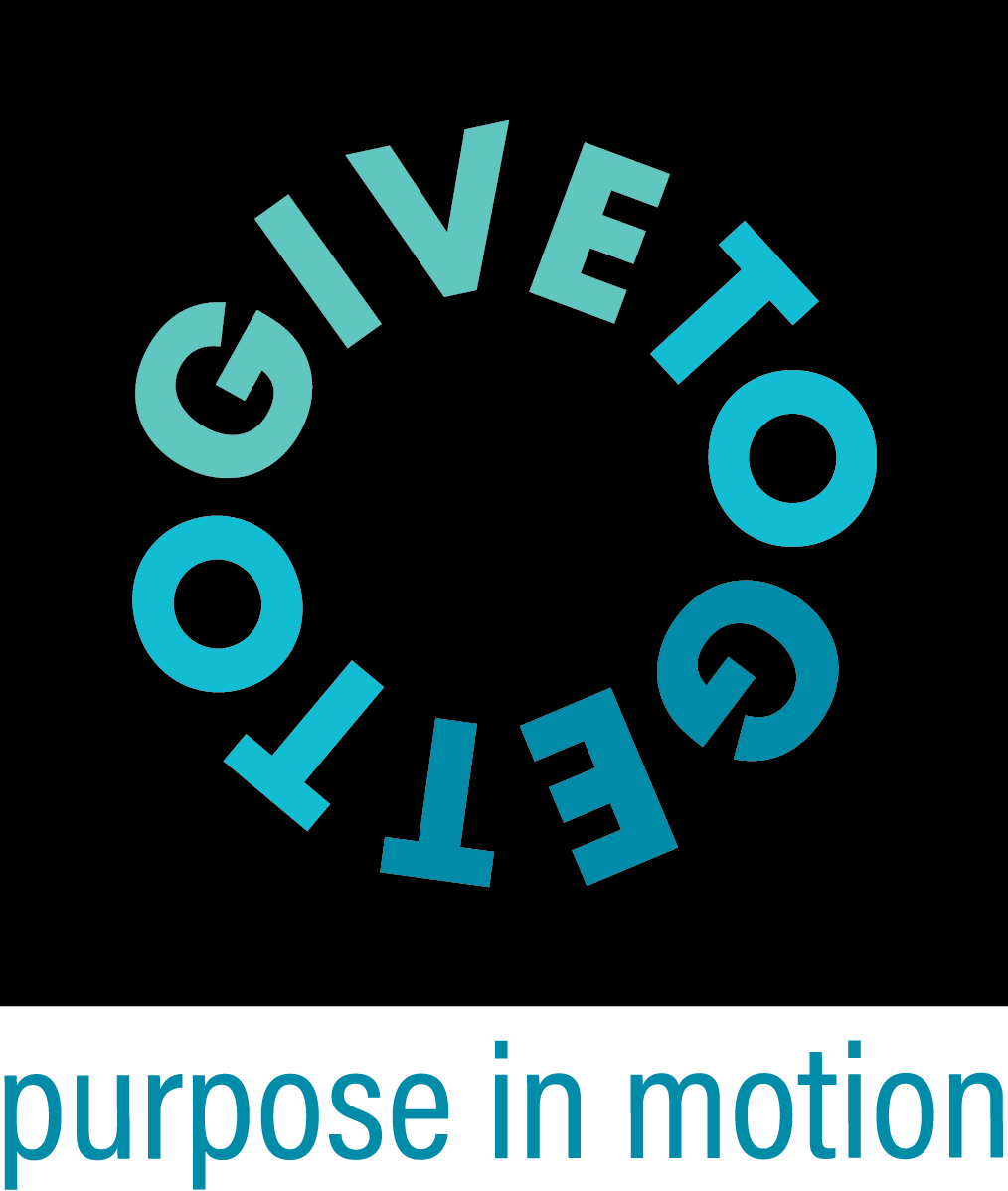YWCA of San Diego County: Ending Violence Against Women
Cisco Live! conference attendees stand near a completed nightstand that was donated to the YWCA of San Diego County.
Generally, when people think of a YWCA, they may think of a bustling community hub where they played sports or participate in arts classes as children. Or, perhaps, it’s the center of your parents’ social circle with computer classes for seniors and reading groups.
In San Diego, however, the organization’s mission is different.
The YWCA of San Diego County empowers women to achieve self-sufficiency by ending homelessness and the cycle of domestic violence, which is often the leading cause of homelessness in women and children. Each year, it serves more than 9,100 individuals through its Becky’s House Domestic Violence Programs, which include a 24-hour, bilingual crisis hotline; emergency shelter; transitional housing; legal support; and integrated services. It is one of the largest providers of domestic violence services in San Diego County, and one of the only resources for male survivors.
Our partnership with the YWCA of San Diego County began in 2019 when we designed and delivered a five-day activation for 30,000 Cisco Live! conference attendees in San Diego. Although it was just one of the many nonprofits represented, conference attendees assembled 550 hygiene kits, 550 school supply kits, 150 canvases, 150 art kits, 134 clothing kits, 99 pieces of furniture, and 90 no-sew fleece blankets for the organization.
“Your generous contribution helps survivors of domestic violence in our programs find a sense of normalcy from the trauma and abuse they endured,” said Heather Finlay, the organization’s CEO. “Your support empowers survivors and their children to overcome barriers, establish self-reliance, and — ultimately — transform their lives.”
Although Domestic Violence Awareness month is recognized each October, Teen Dating Violence Awareness and Prevention Month is held in February. It’s estimated that 1 in 10 teens will experience dating violence and that, when the violence occurs, it will impact more than just teens — their parents, teachers, friends and communities are impacted as well. Additionally, 57% of teens know someone who has been physically, sexually, or verbally abusive in a dating relationship. Many of those who are in unhealthy relationships will carry unhealthy patterns of violence into relationships throughout their lives, too.
What can you do?
1) Learn the warning signs of domestic violence and teen dating violence. Common characteristics of abusers include possessiveness or controlling behaviors that emerge gradually and intensify as a relationship grows. These individuals may also be able to control these behaviors — as well as physical or verbal abuse — around others even while they are still harming the individual that they’re in a relationship with. Invasions of privacy, making threats, and blaming the other person for problems in the relationship while not taking any responsibility for problems are also common.
2) Determine if there are skills you have that can assist survivors. Lawyers may be able to assist with filling out temporary restraining orders. Those who are willing to make a long-term volunteer commitment may be able to be trained to serve as crisis counselors that answer hotline calls. Others may be able to offer healing art of restorative yoga classes remotely.
3) Offer in-kind donations. Organizations that have shelters available often need hygiene products. Those who help individuals transition out of homelessness may need kitchen essentials, furniture, and other items to assist those moving into new homes.
If you and your colleagues would like to support survivors of domestic violence, we can tailor an At-Home Experience for you. Depending on the nonprofits’ needs, your group may be asked to make no-sew fleece blankets, assemble a variety of kits, and/or write cards of support. To learn more about our program, schedule a meeting with our sales team.

